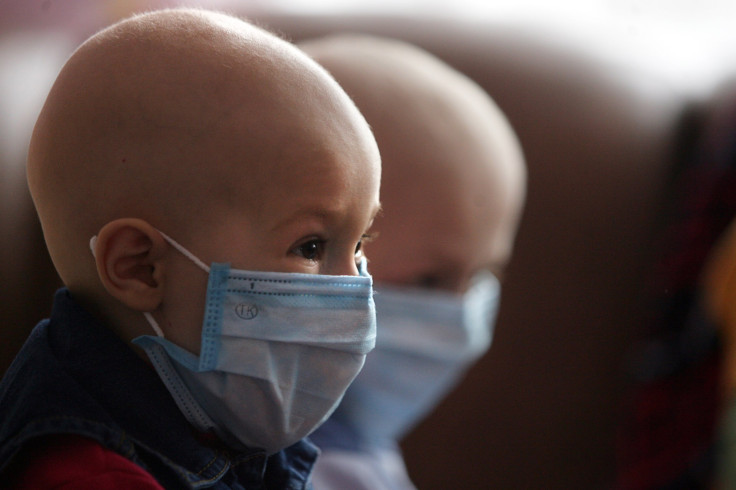Can Leukemia Be Cured By Novartis’ ‘Living Drug’? FDA Panel Recommends Gene-Altering Medicine To Treat Cancer

The Food and Drug Administration (FDA) is all set to green light a gene-altering treatment, often called the “living drug” by scientists, that could potentially cure Leukemia, after a panel within the organization recommended the treatment Wednesday.
Though many pharmaceutical companies have been working on the medicine for a long time, Novartis became the first to successfully come up with a finish product that can be marketed.
All Novartis requires, in order to start selling the treatment, is the stamp of approval from the FDA, which it is most likely to get.
If the FDA clears the treatment, it will be the first medical procedure of its kind to reach the masses.
In order to make use of the “living drug,” a small sample of the patient's T-cells – white blood cells which are involved in fighting infection – is removed from their blood and sent to the laboratory for testing. Then sensor cells (antigen receptors) that can seek out certain cancers and destroy them are added to the T-cells. After the modified cells have had time to multiply, they are injected back into the patient where the receptors are free to target and destroy the cancer cells.
Read: A Cure For Cancer? Childhood Leukemia Genetic Causes To Be Tested In Zebrafish
The panel claimed the treatment would prove to be useful for children and young adults, between ages of 3 and 25 years, suffering from B-cell acute lymphoblastic leukemia.
Emily Whitehead, the first child to have been saved by the living drug treatment, at the age of six, also attended the panel discussion with her parents.
“We believe that when this treatment is approved it will save thousands of children’s lives around the world,” Emily’s father Tom Whitehead told the panel, according to a New York Times report. “I hope that someday all of you on the advisory committee can tell your families for generations that you were part of the process that ended the use of toxic treatments like chemotherapy and radiation as standard treatment, and turned blood cancers into a treatable disease that even after relapse most people survive.”
Many studies and trials have been conducted on the living drug, most of which have yielded positive results. Clinical trials of the medically advanced treatment were held in February 2016 by a group of scientists, when several dozen blood cancer patients, who barely had months to live, were administered the drug.
Read: Does Fracking Cause Cancer? Increased Childhood Leukemia May Result From Natural Gas Extraction
It was observed that 94 percent of participants with acute lymphoblastic leukemia were completely cured of the disease, while patients with other types of blood cancers experienced more than 80 percent remission. At the American Association for the Advancement for Science (AAAS), researcher Stanley Riddell of the Fred Hutchinson Cancer Research Center in Washington, spoke about the miracle treatment that gives cancer patients, who have nothing to lose, hope to gain their lives back.
“This is unprecedented in medicine, to be honest, to get response rates in this range in these very advanced patients… These are in patients that have failed everything. Most of the patients in our trial would be projected to have two to five months to live,” Riddell said, the Guardian reported.
Chiara Bonini, hematologist at San Raffaele University in Milan, said the living drug therapy can also be used to prevent the cancer cells from making a comeback in the patient’s body.
During her research on the treatment, she discovered that the “memory” of the T-cells, introduced into cancer patients for whom bone marrow transplants had failed to work, ranged from two to 14 years.
According to Bonini, T-cells could acts as a permanent defense against cancer by using cells that “remember it from 10 years earlier, and kill it so quickly you don’t even know you’re infected.”
© Copyright IBTimes 2025. All rights reserved.






















